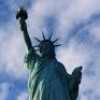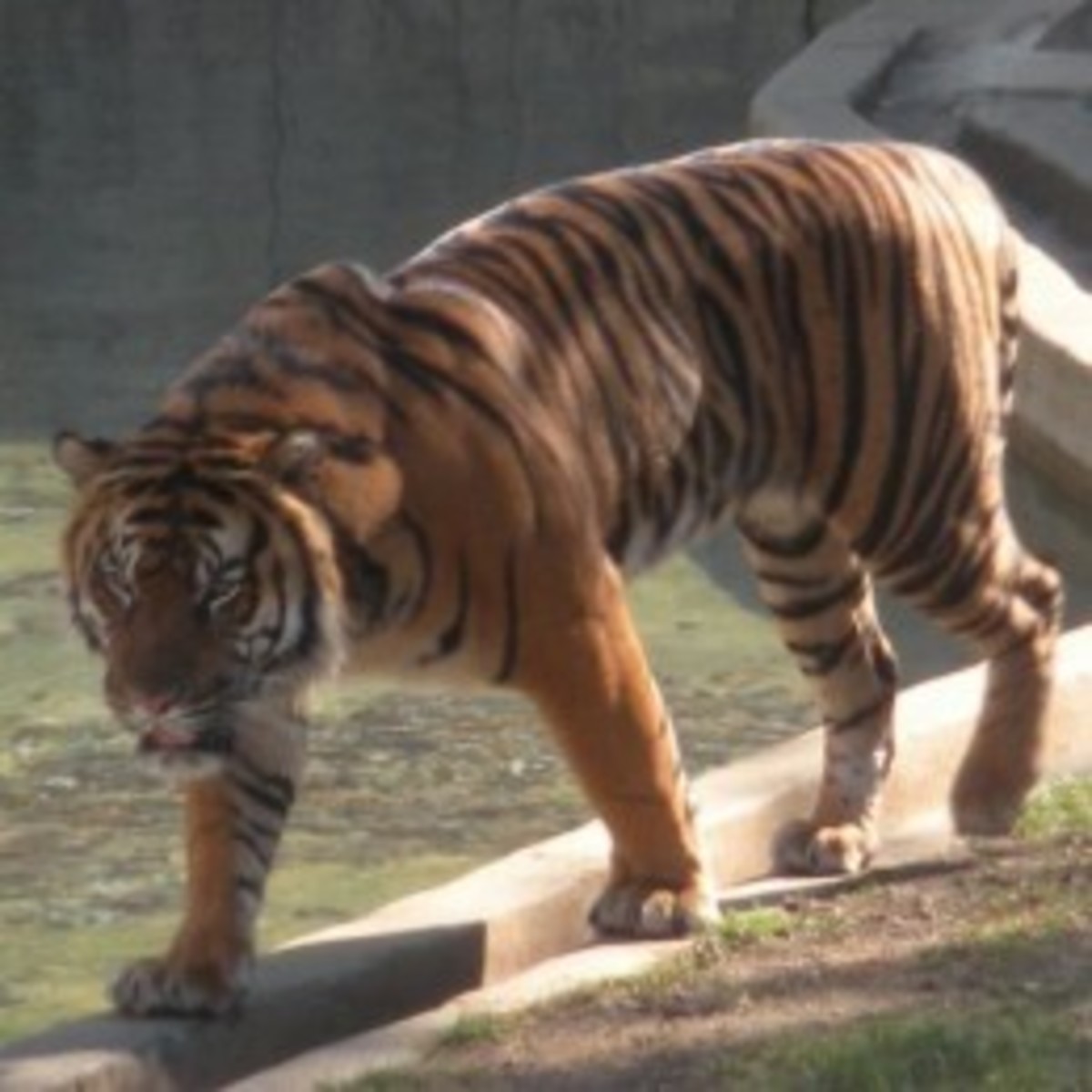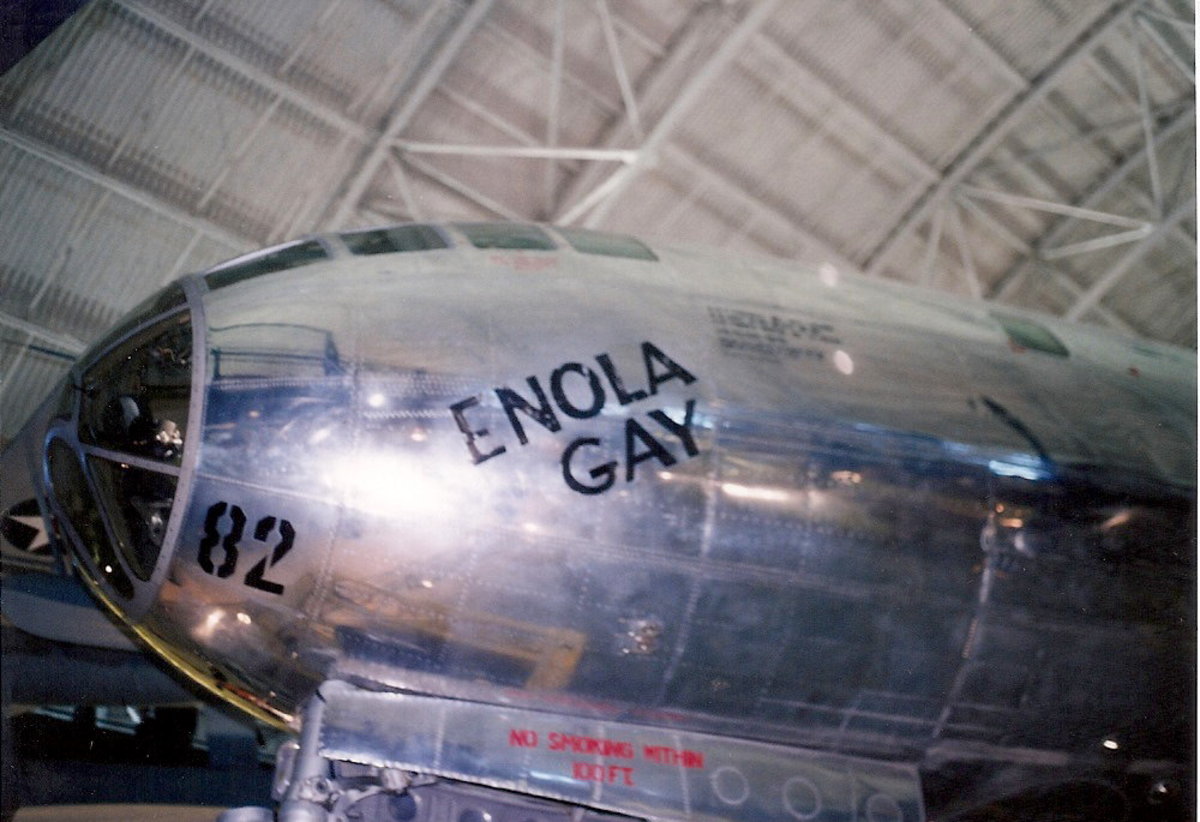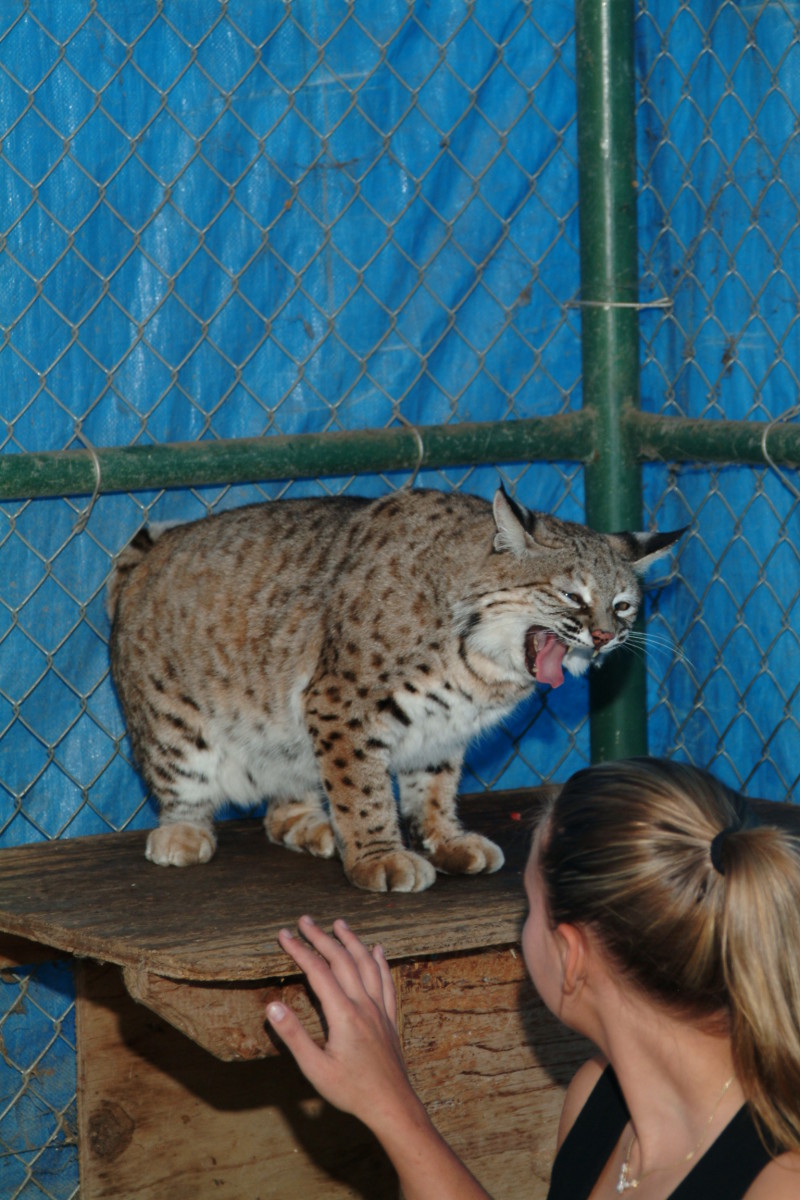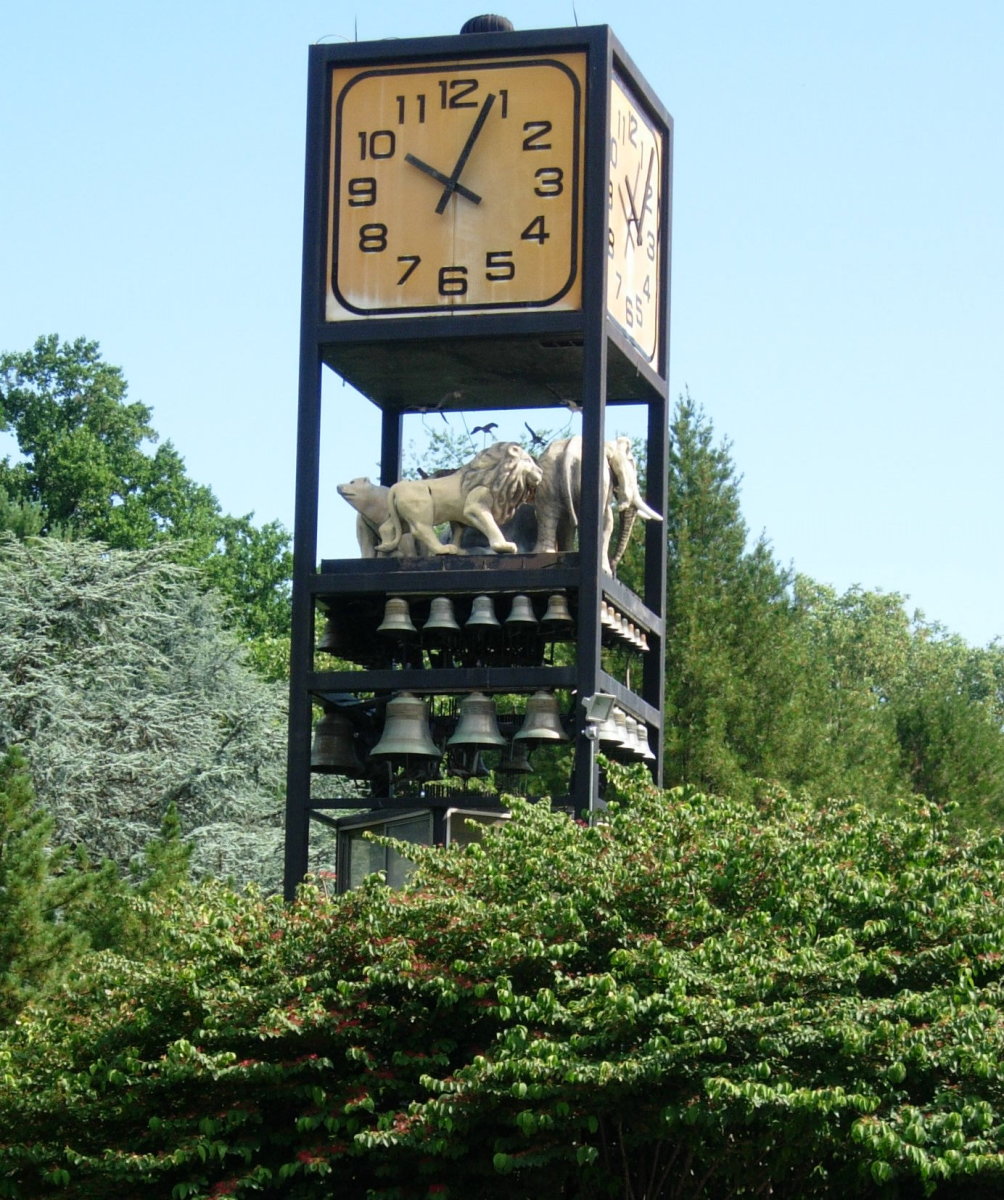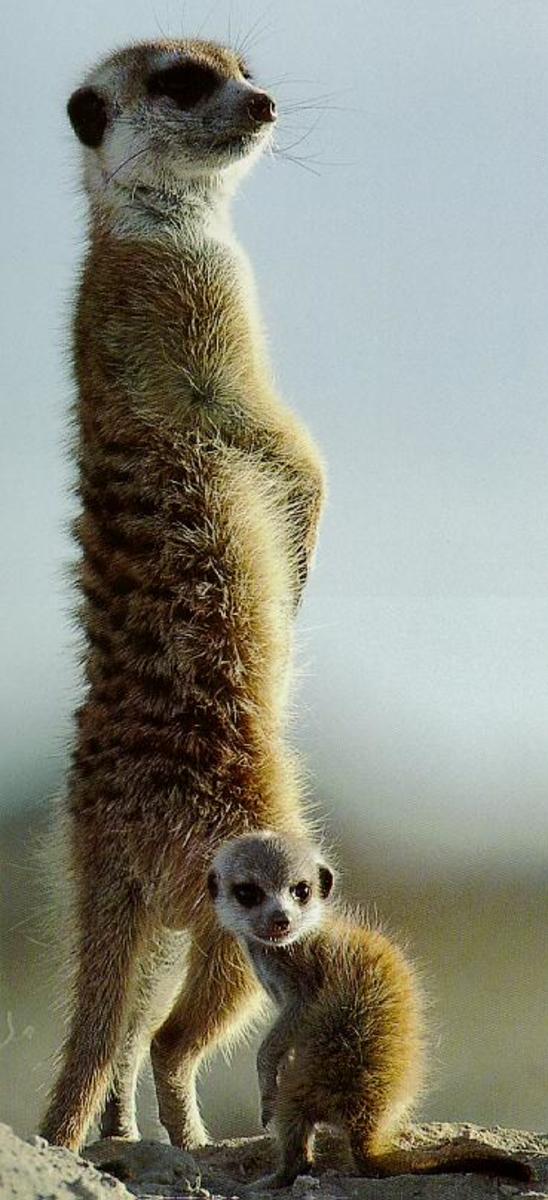I Love The Zoo
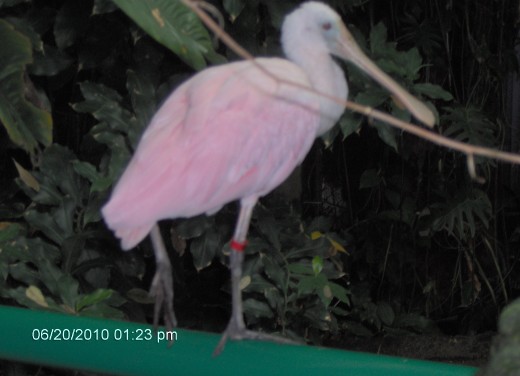
I Love The Zoo
My wife and I spent the past weekend with our son and his family. They live in Waynesboro, Pa. which is about a 7-8 hour drive from our house to theirs. (7 hours for most people, 8 for us, 'nuff said.) Since we don't get to visit and spend much time with them, I thought it would be nice to do a family activity and we decided on a trip to the National Zoo in Washington D.C. which is just about an hour and a half from Waynesboro. They have 3 kids, ages 14, 8 and 5. I thought going to the Zoo would be something memorable for the kids. But actually going to a zoo is one of my favorite things to do. We live in between Cincinnati and Columbus, Ohio so we have visited their zoos several times each. We have also been to the Toledo, Ohio zoo and we have been to the National Zoo before and I have been to the St.Louis, Mo. zoo. But visiting a zoo has something in common with reading the Bible. No matter how many times you read the Bible, you often discover "new" things in it. Things that even though you may have read them before you just didn't notice or they never stood out. The same is true with each trip to the zoo. Things that even though they may have been there all along for some reason at any particular time you notice them or they impress you for some reason. That was true with our visit this time as well.
What stood out for me this time was the Amazonia Exhibit.It was awesome. Of course walking through the "rain forest" is always nice. I am stricken with the size of the trees and foliage. I don't linger there for an extended time though because of the heat and humidity. I cannot imagine living in those conditions. The rest of that exhibit had not caught my attention in the previous trip like it did this time. The National Zoo website has this to say about the history of the exhibit.
Amazonia, the largest and most complex exhibit ever built at the National Zoo, opened to the public in 1992. The 15,000-square-foot rainforest habitat of the exhibit includes a cascading tropical river and a 55,000-gallon aquarium for the display of Amazon River fish.
Within Amazonia’s dome, visitors find a living tropical forest with more than 350 species of plants, including 50-foot-tall trees, tropical vines, and epiphytes. This habitat is also home to dozens of species of mammals, birds, reptiles, amphibians, and insects typical of the Amazon Basin, all moving throughout the exhibit. Smooth-sided toads and silver-beaked tanagers breed freely, titi monkeys jump from branch to branch, a two-toed sloth hides behind large leaves, white-bellied hummingbirds zip about.
However what really amazed me this time was the Amazon River Basin details. They can also be viewed at their website but I was not aware of that until I saw it displayed there.
Amazon Basin Facts
The Amazon River Basin drains over 2.722 Mil. Square Miles.
The river basin is approximately 4,195 milies long.
It has 15,000 tributaries and subtributaries.
Most of the river has a depth of 150' but some points up to 300' deep.
At its widest point it is 35 miles wide.
There are no bridges that span the river.
In the Amazonia Science Gallery there is a suspended globe that is awesome and can captivate you for quite a lengthy time. It depicts several different things. For a time it just displays the earth. Then at a fairly rapid speed it shows the formation and line of travel of the the named hurricanes and storms in the Atlantic Ocean the year of Katrina. Then for a time the sphere turns into the sun and it shows the gaseous eruptions on the surface. There are many other displays in the 8000 Sq. Ft. gallery. You could literally spends hours in there. Far to much to describe here.
If you ever get a chance to visit the National Zoo I highly recommend it. It is free except for parking which ranges from $5-$20. While there be sure to visit the Amazonia Exhibit.
